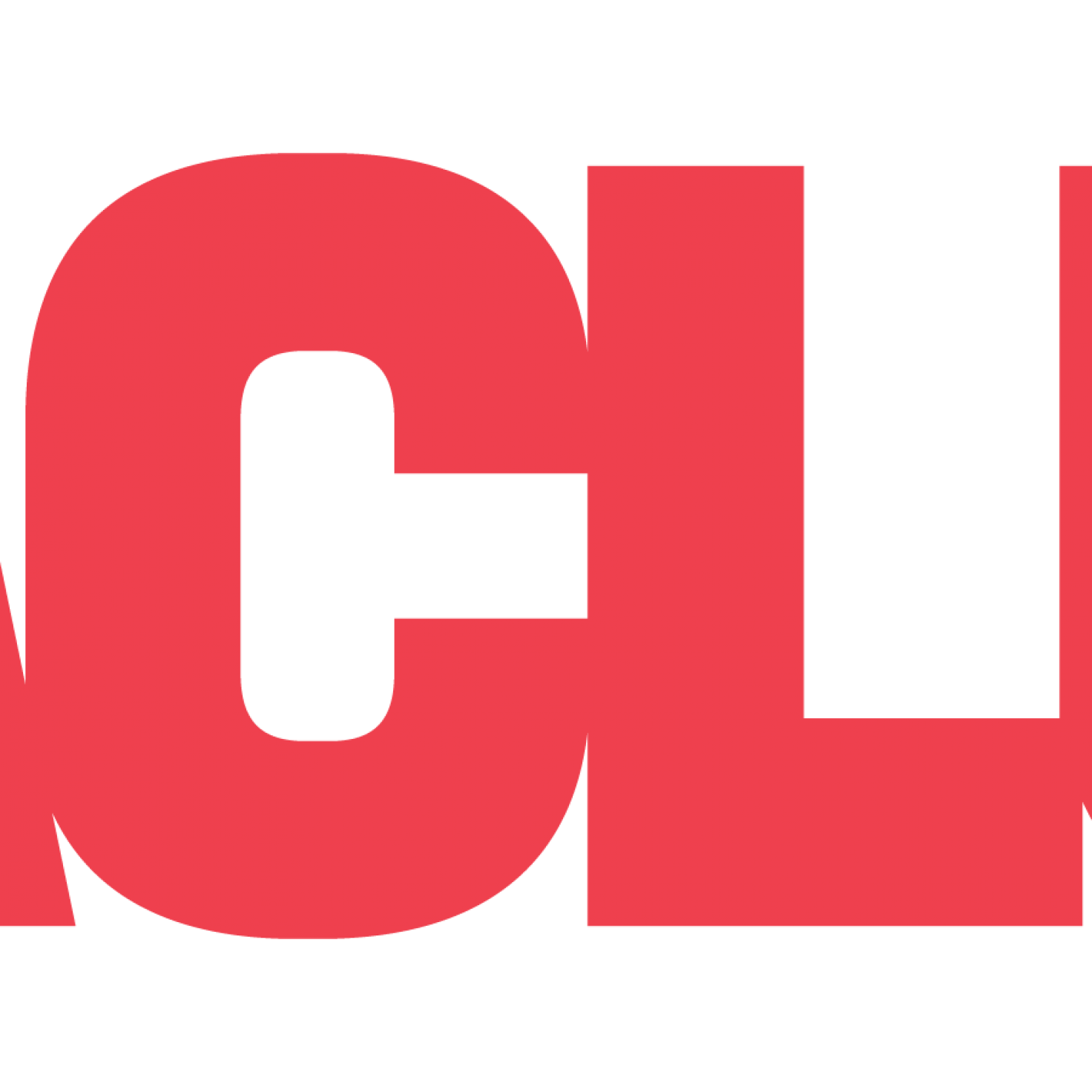


We need to look out especially for data cherry-picking that disguises weaknesses to make them look like strengths. He tells us to follow the logical trail from the measurement process that generates the numbers to the policy’s conclusion. OUR STATISTICALLY wary author of Proofiness Charles Seife is the perfect starting-off point, for he is ever concerned that experts distort their findings to mislead Joe Q. The stage has now been set for the acid test: What help can our authors give us-and indeed federal judges and regulators-in becoming better appraisers of expertise? How do we figure out whether the unconscious-bias proponents have indeed made a revolutionary discovery that is now beyond reasonable scientific doubt, or whether we are looking at yet another faddish claim to fame, or whether the truth lurks somewhere in between? And they see themselves as defending scientific rigor and integrity against an onslaught of hyped-up claims (of course their detractors see them as reactionary apologists for residual racism). They suspect that it does not help race relations to label the vast majority of the white population as antiblack on the basis of flimsy evidence. In the other corner, we find the relative optimists who warn of a precipitous rush to judgment about unconscious bias and of the dangers of discounting the extraordinary progress the country has made in the almost half century since the Civil Rights Act of 1964. And some even testify under oath as expert witnesses that unconscious biases will insinuate themselves into employment decisions whenever managers have “excessive discretion” in deciding whom to hire or promote-and that the only way to check such distortions is to hold managers accountable for achieving numerical goals (quotas in all but name) for the advancement of African Americans. Whereas only 10 or 15 percent of Americans endorse explicitly anti–African American sentiments, 70 or 80 percent register as biased against African Americans on an unconscious level.ģ. They have discovered that, although most people in early-twenty-first-century America claim to be unprejudiced on a conscious level, the IAT reveals that on an unconscious level this is very much not the case. And they imply that the scientific debate is essentially over.Ģ. They declare the IAT to be a 100 percent–pure measure of prejudice. The experts compare their new technique for unconscious mind reading to such revolutionary scientific breakthroughs as the development of the telescope. They have invented a device-they call it the Implicit Association Test (IAT)-that allows them to measure not only prejudices that people balk at acknowledging but also prejudices that they are flat-out unaware of having. In one corner of this debate, we find the race pessimists who include an array of prominent psychologists, social scientists and law professors (too numerous to enumerate) who make three sets of bold claims:ġ. In short, this debate pivots on whether the classic distinction between equality of opportunity and equality of results is sustainable.

If unconscious biases are as potent and pervasive as some experts claim in law reviews, journal articles and court testimony, society may need to resort to more draconian measures to achieve equal-employment opportunity-in particular, numerical goals and quotas. The winners will shape the policies that employers must adopt to guarantee equality of opportunity in their workplaces. LET’S TEST our metaexpertise by focusing on the last debate-a slightly lower-profile argument than the others but one in which the political-philosophical stakes could hardly be higher.


 0 kommentar(er)
0 kommentar(er)
